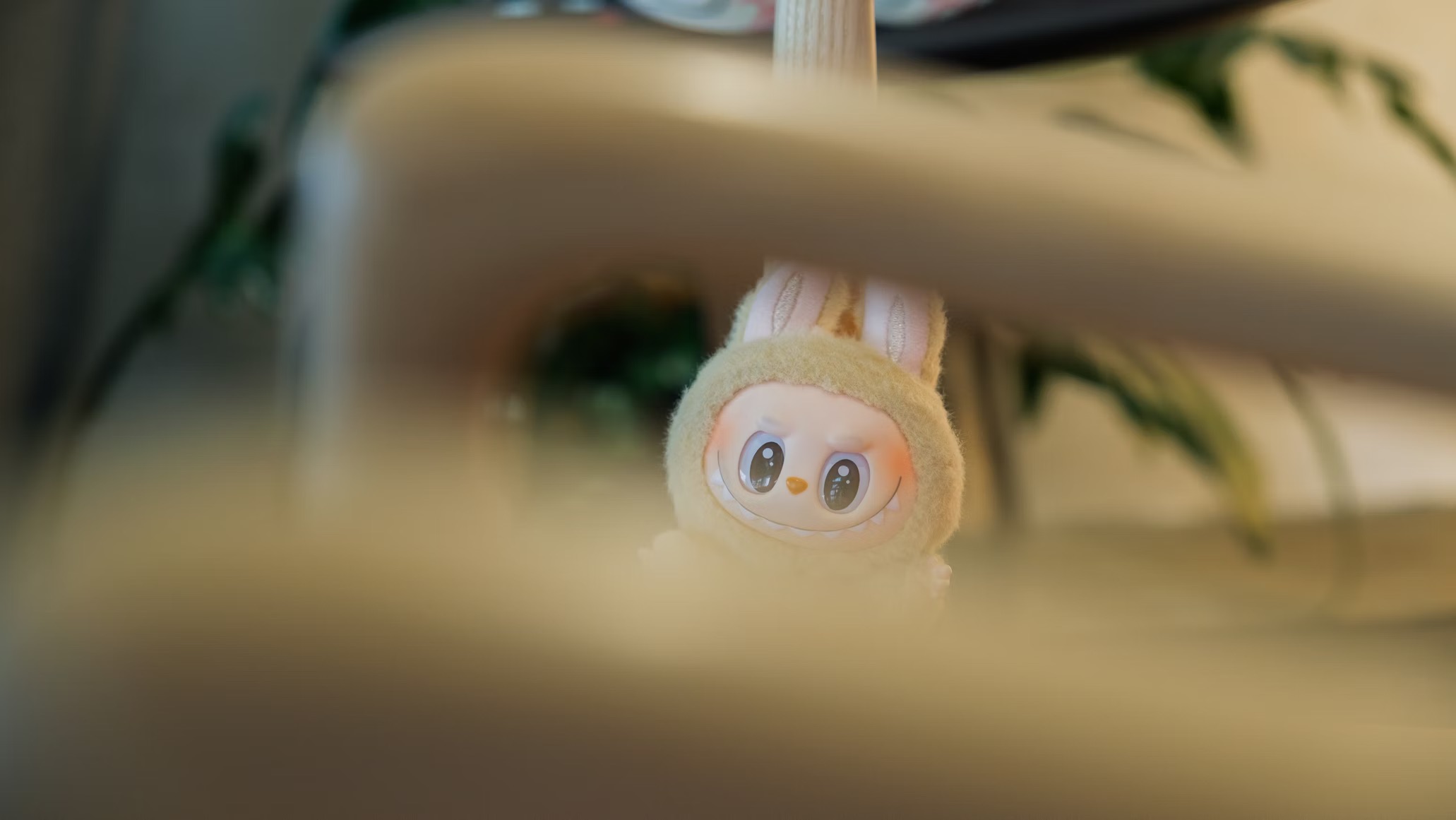
Fake Labubu dolls accounted for 90% of the £3.5 million worth of counterfeit toys seized at the UK border so far this year, according to data from the Intellectual Property Office (IPO). Labubu is a quirky monster character created by Hong Kong-born artist Kasing Lung and popularized through a collaboration with toy store Pop Mart. Although they are mainly marketed as adult collectibles, they are also very popular with children. A significant concern is that nearly three in four of the seized toys failed safety tests, with the “dangerous fakes” being found to contain harmful chemicals or pose choking hazards. The IPO has launched a new campaign called “Fake Toys, Real Harms” to highlight the dangers of buying counterfeit items.
The Dangers of Counterfeit Toys
Demand for authentic Labubus has been so great that rare editions can sell for hundreds of pounds on resale sites. Following reports of customers fighting over the limited toys, Pop Mart temporarily paused sales in all its 16 UK shops in May, now opting for an online lottery system to distribute them. The IPO found that nearly half of people who purchased fake toys reported problems ranging from toys breaking instantly to toxic smells and reports of illness in children. Of the 259,000 fake toys seized by Border Force in 2025, some 236,000 were counterfeit Labubus. Helen Barnham, the IPO’s deputy director of enforcement, said that counterfeit products “have bypassed every safety check the law requires” and urged parents not to let their child “be the tester.”
How to Spot a Fake Labubu Doll
For consumers who are concerned about purchasing counterfeit versions of the popular doll, there are several key indicators to look for. The official place to buy a real Labubu is the Pop Mart store and often through an online lottery. A real Labubu’s box has a matte finish and muted colors, and you should look for a holographic Pop Mart sticker and a QR code. Authentic dolls have nine triangular teeth, and generally have higher quality fur, airbrushed blush on their cheeks, embedded glossy eyes, and moveable but not wobbly limbs. Newer editions also have a UV-detectable seal on the right foot that shows a silhouette of the specific model when placed under a UV light.
Author’s Opinion
The popularity of Labubu dolls has exposed a wider, more dangerous trend in the consumer market. The ease with which counterfeit goods can be produced and sold, especially in a market driven by scarcity and high demand, poses a significant threat to consumer safety. While the “Fake Toys, Real Harms” campaign is a necessary step, it places the burden of vigilance on the consumer, suggesting a larger, more systemic failure to protect buyers from dangerous, unregulated products. This highlights a crucial intersection of intellectual property, consumer safety, and market trends, where the pursuit of a fashionable item at a low cost can lead to serious and unforeseen harm.
Featured image credit: David Kristianto via Unsplash
For more stories like it, click the +Follow button at the top of this page to follow us.
